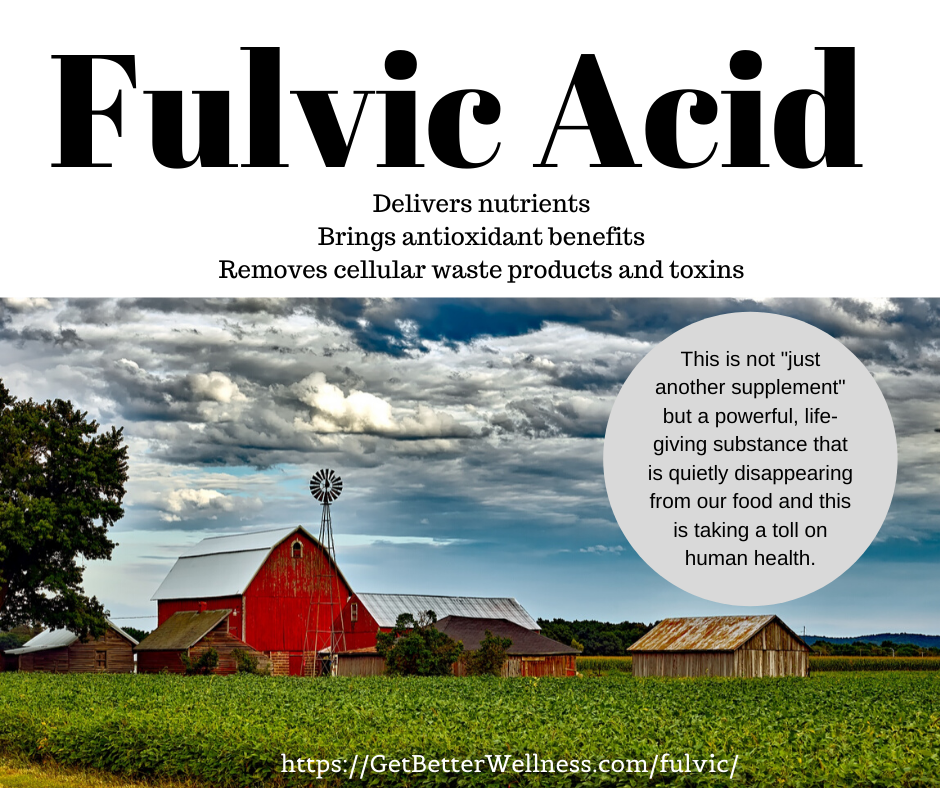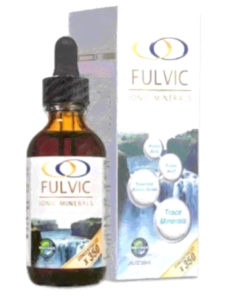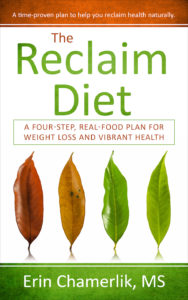
The Little Known Miracle of Life: Fulvic acid
Posted on: Thursday, November 7th 2019 Written By: Erin Chamerlik, MS This article is copyrighted by GreenMedInfo LLC, 2019
See the original article on GreenMedInfo
In the beginning, the earth was blessed with rich, fertile soil and lush vegetation. The soil was teaming with microbes — bacteria, fungi, and protozoa, to name a few. In the perfect cycle of life, microbes in the soil break down dead plant material and create substances and nutrients that nourish plants. When humans eat these plants, we enjoy the nutrients that they provide
The microbes in the soil make the hidden treasure called fulvic acid, the miracle of life. Fulvic acid is not a vitamin or a mineral and science cannot synthesize this substance in a laboratory. Our bodies require it for optimal health, but, we no longer get fulvic acid in adequate amounts from our food.
While the scientific research is growing in support of fulvic acid, there are less than 1,750 studies on PubMed.gov. One needs to dig around to find fulvic studies related to human benefits, but information and clinical evidence exists. This is not “just another supplement” but a powerful, life-giving substance that is quietly disappearing from our food and this is taking a toll on human health.
Fulvic acid has been reported to rejuvenate health and bring a multitude of benefits that are unmatched by any other natural substance.
Fulvic acid (FA) has been used for 3,000 years as Shilajit in Indian medicine.
Carrasco-Gallardo stated, “It is likely that the curative properties attributable to shilajit are provided by the significant levels of fulvic acids that shilajit contains, considering that fulvic acid is known by its strong antioxidant actions.” [v]
Historically, it was believed that fulvic acid/Shilajit had immune-modulating, antioxidant, diuretic, antihypertensive, and hypoglycemic benefits. [Winker][Trivadi] FA was used in diabetes, and to support the urinary, immune, digestive, cardiac, and nervous systems. [xxiv][i][ii][viii]
In Ayurveda literature it is called “rasayana” or rejuvenator, enhancing the quality of life. [xxxviii][xv]
Benefits
Fulvic acids can be found in compost or peat, lignite (brown coal which gives inferior fulvic acid) or ancient humic deposits that come from deep within the earth. Unlike other deposits formed over time deep below the earth’s surface, like coal, oil and natural gas, humic deposits are safe, providing powerful compounds that provide an impressive number of benefits for plants, humans and animals.
- enhances the body’s absorption of vitamins and minerals [xxxix]
- anti-inflammatory effects [iv][x][xiv][xxxvii][xxxiii]
- anti-allergy [xl]
- improves many aspects of eczema [xiv]
- speeds skin healing [xxix][xiv][xxxvii]
- enhances healing of wounds infected with drug-resistant pathogens [xliv][xlii]
- protects against free radical damage as an antioxidant [iv][xxxiv][xxv]
- anti-aging benefits [v]
- improves gut flora and gut health [xxxix]
- anti-diarrheal effects in animals and humans [xxvi]
- improves energy levels [xxiv]
- reduces oxidative stress [xxxix]
- useful in treatment of osteoarthritis patients [xix]
- shows antiviral activity, interfering with a virus’ ability to attach to a host cell, penetrate the host cell, and reproduce itself [xxii][xxviii]
- displays antimicrobial activity [xxxvi]
- displays antifungal activity [xiii][xxxii]
- effective for the management of oral biofilm infections [xxxiii]
- anti-aging effect on the skin, increasing fibroblast viability and reducing collagen degradation [xxi]
- neuroprotective, improves memory and brain function [v][ix][xvi]
- supports the immune system [xxxix]
- stimulates metabolism [vi]
- cleanses toxins and heavy metals from the body [xviii][vii][xxiii]
- shows immunomodulatory activity [xxxi]
- modulates homocysteine and pro-inflammatory mediators linked to atherosclerosis [xii]
- promotes ulcer healing [xv][xxxi][xli]
Continue reading the original article posted on GreenMedInfo

Recommended
-
Dandelion for Liver Support and Health BenefitsJuly 20th, 2024
-
Modified Citrus PectinJuly 11th, 2024
-
Bentonite Clay Mask for Face and ArmpitsJuly 8th, 2024
-
Two Supplements for Erectile DysfunctionJune 30th, 2024










